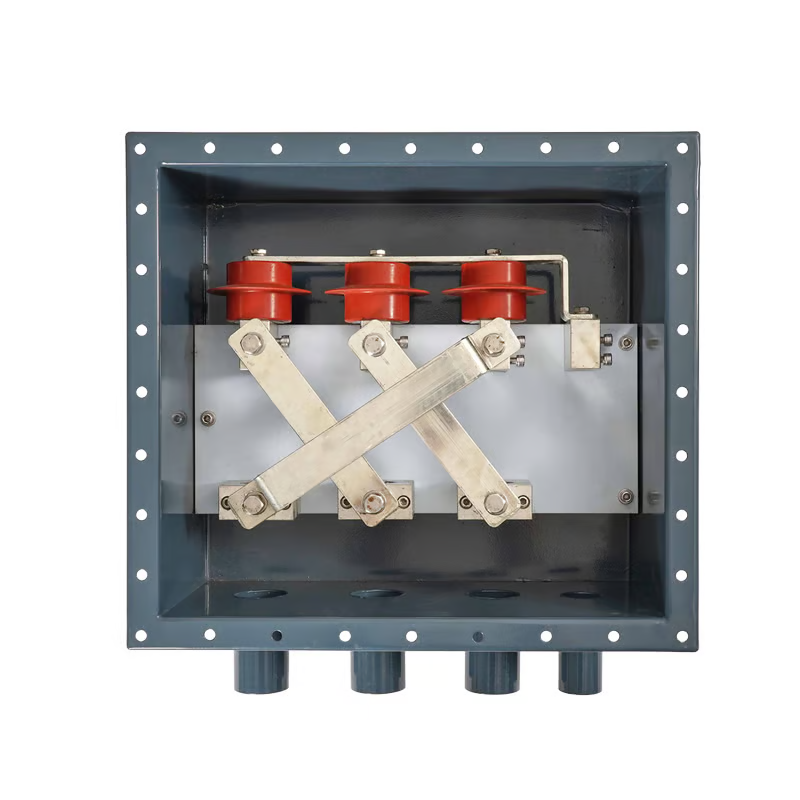A cross-interconnect grounding box is a crucial component in electrical systems that provides a connection point for grounding conductors from various systems within a building. This helps to ensure that all electrical equipment is properly grounded, preventing the risk of electrical shock or fire.
Functions of a Cross-Interconnect Grounding Box
One of the main functions of a cross-interconnect grounding box is to create a common grounding point for multiple systems, such as power distribution, telecommunications, and HVAC systems. This helps to minimize the risk of potential differences in ground potential between systems, which could lead to electrical hazards.
Benefits of Using a Cross-Interconnect Grounding Box
By using a cross-interconnect grounding box, you can ensure that all equipment within a building is properly grounded, which is essential for the safety of occupants. Additionally, it helps to reduce electromagnetic interference and improve the overall performance of electrical systems.
Installation of a Cross-Interconnect Grounding Box
When installing a cross-interconnect grounding box, it is important to follow proper grounding techniques and guidelines to ensure its effectiveness. The box should be located in a central, accessible location and connected to the building's grounding system.
Types of Cross-Interconnect Grounding Boxes
There are various types of cross-interconnect grounding boxes available, including wall-mounted and floor-mounted options. The type of box chosen will depend on the specific requirements of the building and the systems that need to be grounded.
Importance of Regular Maintenance
Regular maintenance of the cross-interconnect grounding box is essential to ensure its continued effectiveness. This may include inspecting connections, carrying out resistance tests, and replacing any damaged components. Failure to maintain the box could lead to grounding issues and potential safety hazards.
Compliance with Regulations
It is important to ensure that the installation and maintenance of a cross-interconnect grounding box comply with relevant electrical safety regulations and codes. This helps to minimize the risk of non-compliance penalties and ensures the safety of building occupants.
Common Issues with Cross-Interconnect Grounding Boxes
Some common issues that may arise with cross-interconnect grounding boxes include corroded connections, loose conductors, and inadequate grounding of equipment. These issues should be addressed promptly to prevent any safety risks.
The Role of Cross-Interconnect Grounding Boxes in Lightning Protection
Cross-interconnect grounding boxes also play a vital role in lightning protection systems by providing a low-impedance path for lightning-induced currents to safely dissipate into the ground. This helps to protect buildings and equipment from lightning strikes.
Choosing the Right Cross-Interconnect Grounding Box
When selecting a cross-interconnect grounding box for your building, consider factors such as the size of the building, the types of systems being grounded, and the local environmental conditions. Consulting with a professional electrical engineer can help ensure that the right box is chosen for your specific needs.
Quote Inquiry
Contact us!

